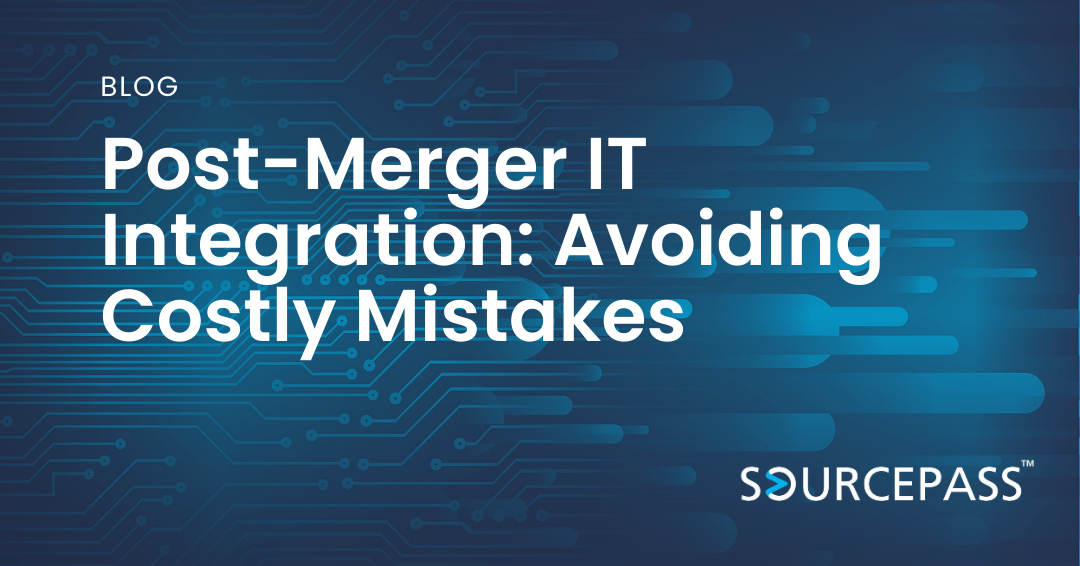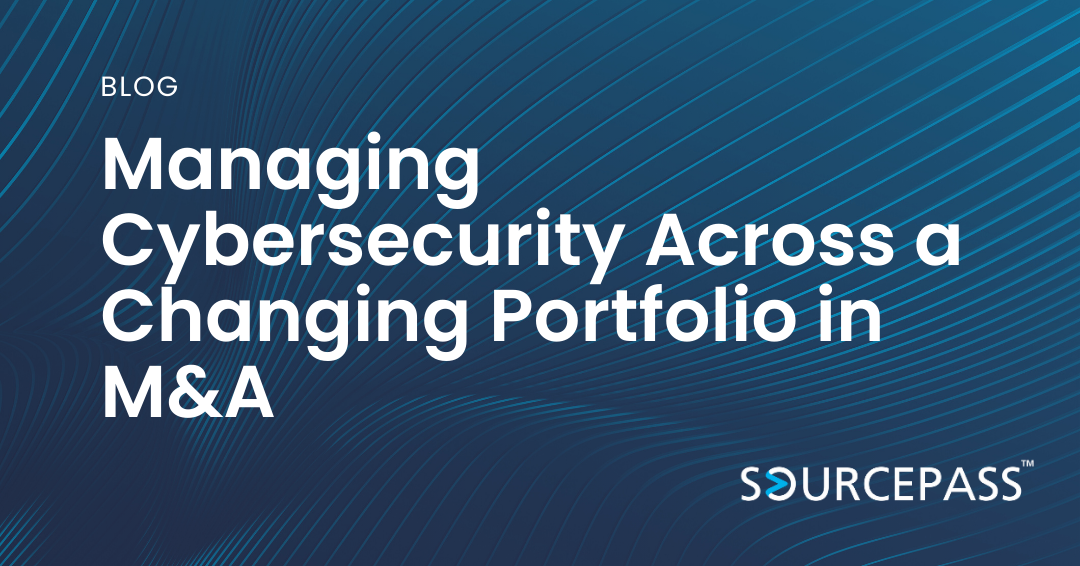Post-Merger IT Integration: Avoiding Costly Mistakes
Mergers and acquisitions (M&A) bring tremendous opportunities for growth and market expansion. But one critical factor often determines...
Achieve key business goals with a best-in-class IT approach that helps you scale.
Built to help you reimagine IT operations, empower your workforce, and leverage AI-powered tools to stay ahead of the curve.
We bring together the best of Microsoft’s cloud ecosystem and productivity tools to help your people thrive.
We offer a comprehensive suite of infrastructure services tailored to support your business goals today and scale for the future
Our managed and co-managed IT service plans deliver a responsive and innovative engagement to support your IT needs, improve employee experience, and drive growth for your business.
Sourcepass offers innovative solutions, including SOC, GRC, Security Assessments, and more to protect your business.
Grow your business with cloud migrations, infrastructure refreshes, M&A integrations, staff augmentation, technical assessments, and more.
Stay ahead, stay connected, and discover the future of IT with Sourcepass.
Dive into a dynamic calendar of webinars and in-person gatherings designed to illuminate the latest in managed IT services, cybersecurity, and automation.
Explore key resources, eBooks, video trainings, and more curated for CEOs, CFOs, CIOs, CISOs, and technology leaders!
Sourcepass aims to be different. It is owned and operated by technology, security, and managed services experts who are passionate about delivering an IT experience that clients love.
At Sourcepass, we’re rewriting the IT and cybersecurity experience by helping businesses focus on what they do best, while we deliver the infrastructure, insights, and innovation to help them thrive.
Get expert tips for your digital transformation.

Mergers and acquisitions (M&A) bring tremendous opportunities for growth and market expansion. But one critical factor often determines...

Mergers and acquisitions (M&A) create exciting growth opportunities, but they also bring complex cybersecurity challenges. As companies add...